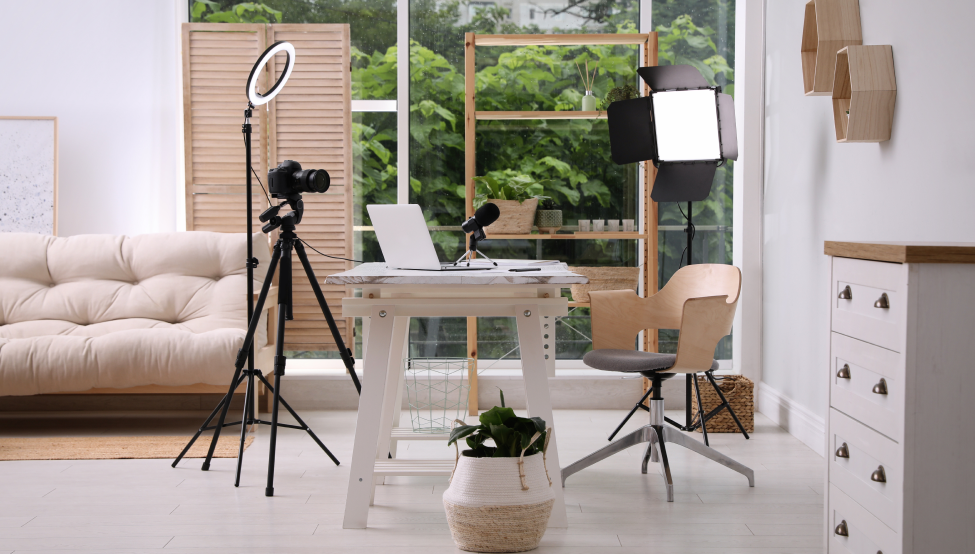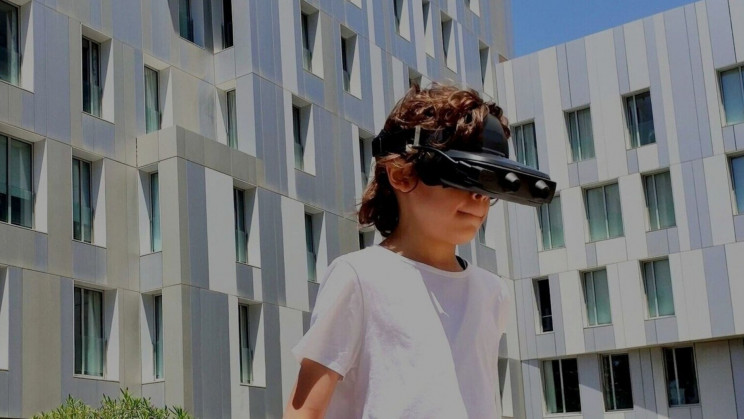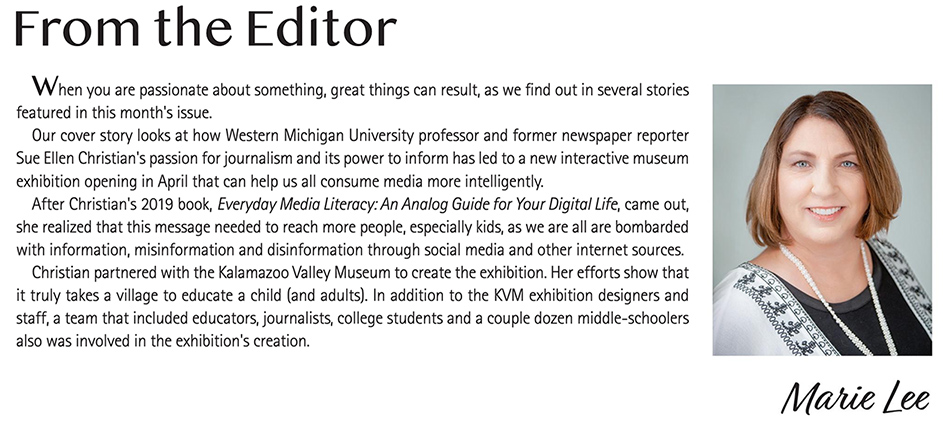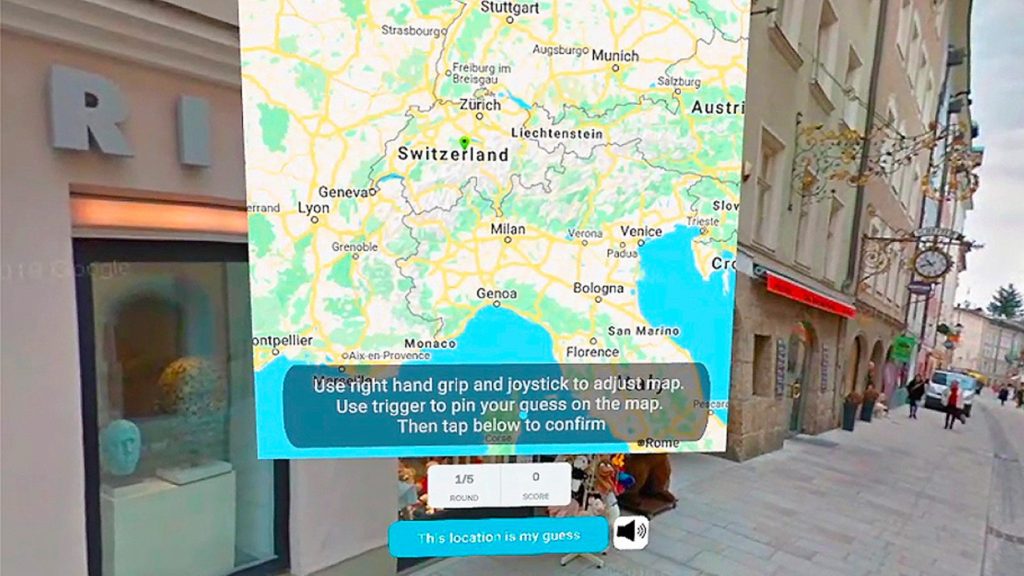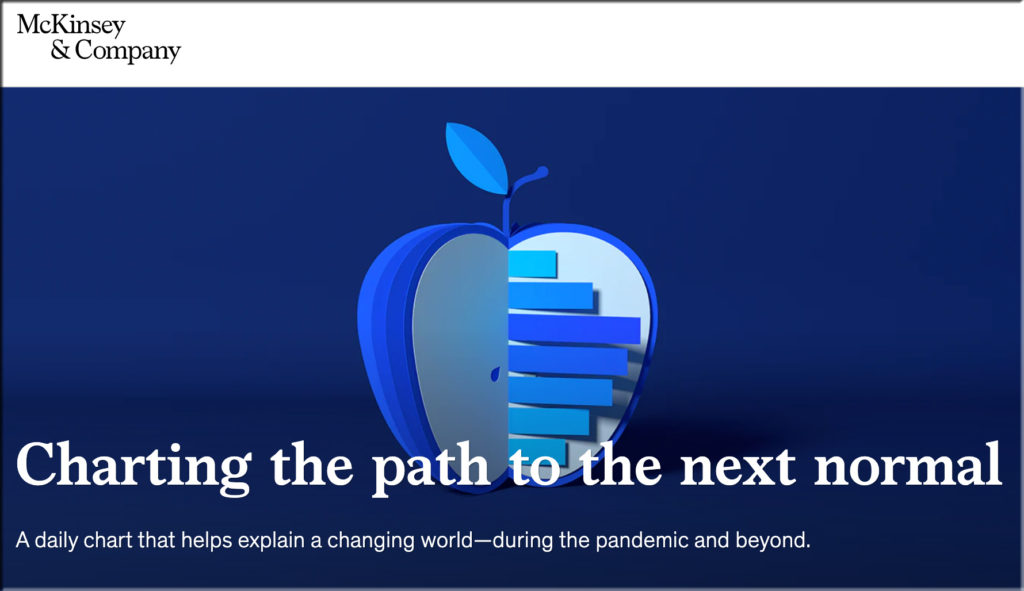Best from the brightest: Key ideas & insights for L&P Professionals — from tier1performance.com by Will Thalheimer; with thanks to Christy Tucker for this resource
Gather your learning and performance team together, share conversations with your friends in the field—this trove of gold from 2021 is the bedrock for our evolving and improving work in 2022.
To help fight our FOMO (fear of missing out), I’ve asked 48 thought leaders in the L&P field to share their favorite content from 2021—stuff they created or were involved in, ideas they think are critically important to folks like you and me as L&P professionals. They shared articles, blog posts, podcast episodes, videos, and eLearnings. They also shared their recommendations for other thought leaders and other content—and the most important trends impacting our work for 2022.
I looked at every one of their recommendations and I am blown away by the insights you’ll find in the content shared below. This is a formidable treasure trove from some of the best minds in our field.
Will Thalheimer











